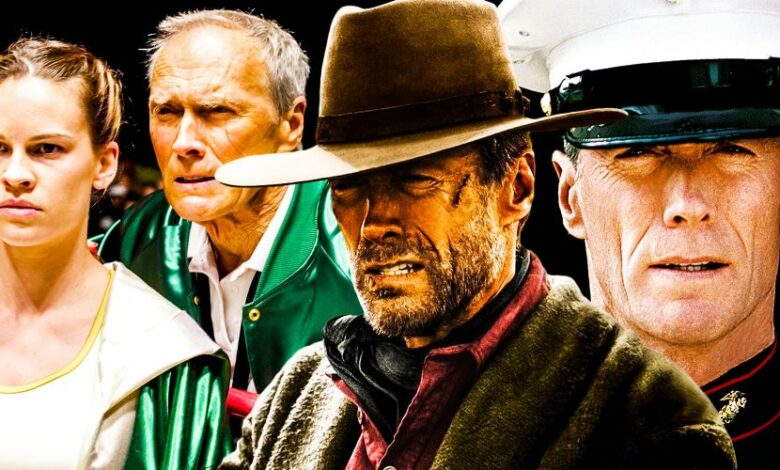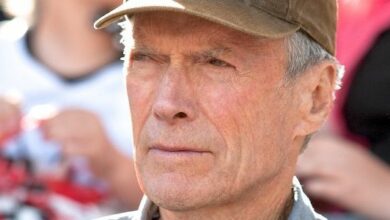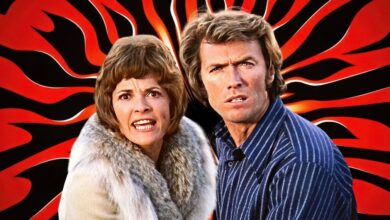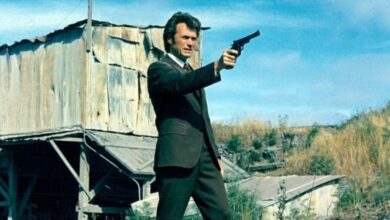Why Clint Eastwood Only Acts In Movies He Directs (And When It Started)
Clint Eastwood has a reputation of only working with one director; himself. So why does he not like being directed by anyone else in the industry?

Clint Eastwood has largely acted in movies that he was also directing throughout a large portion of his career – so why is this, and when did it start? He will forever be remembered for the Westerns he starred in, however, his directing career reads as a mightily impressive one. Even the films that he has directed but not appeared in, have also gone on to achieve incredible commercial and critical success. His latest western Cry Macho was released last year, and had Clint Eastwood starring, directing, and producing. But why does he only seem interested in appearing in movies that he directs himself?
Clint Eastwood found his way onto TV screens with his breakout role in Rawhide. He then went on to achieve incredible fame and success as ‘the Man with No Name’ in the legendary Dollars Trilogy, directed by none other than Sergio Leone. However, in 1971 he took up dual roles of being both in front and behind the camera in Play Misty for Me, and so marked the beginning of his incredible career in directing. From here on out, the Dirty Harry star was more interested in being the conductor of his own orchestra – to the extent that Eastwood literally even composed music for the soundtracks on many of his films.
Since then, Clint Eastwood never took his foot off the gas when it came to directing and his success in the area is plain to see. Prime examples of this are his four Academy Award wins, two each for Best Picture and Best Director for Unforgiven and Million Dollar Baby respectively, as well as his two Best Actor nominations. Eastwood has never explained why he only acts in movies he directs, but it is clear to see it is a method that works for him – with this likely being the main reason his film efforts have taken this direction. While he had been self-directing for many years previous, the release of White Hunter Black Heart in 1990 marked the beginning of Clint Eastwood acting solely in films he was directing. From this point, he would only appear in front of the lens if he was also the man behind it.

Clint Eastwood had reportedly become frustrated with the atmosphere and pace of some film sets and wanted to create his own environment for making movies. He explained in his book Film Craft: Directing that “sets didn’t have to be nerve-wracking or bell-ringing or booby-trapped as it was with some“. So when Clint Eastwood directed his movies, he encouraged a “comfortable and calm environment on set” and kept the scenes moving. Many actors who have worked with him have said that most shots are done in one or two takes, which is astonishingly efficient – in fact, Eastwood is said to have taken over directing in the 1976 film The Outlaw Josey Wales because he believed it was being directed at too slow a pace.
At 91, it is of no surprise that Clint Eastwood’s movie career is at a point where he has decided that no one is going to tell him what to do besides himself. The exception to this came in 2012, when he starred in Trouble with the Curve – but that was the first project that he had acted in and not directed since his cameo appearance as himself in the 1995 film Casper. What movie Eastwood does next is anyone’s guess. Clint Eastwood has shown he is willing to work with directors in the not-so-distant past, but it’s evident that the actor is clearly someone who likes to work at his own pace – and with such a lengthy history in the industry, it makes sense he uses all his range of abilities to ensure this pace is set.





